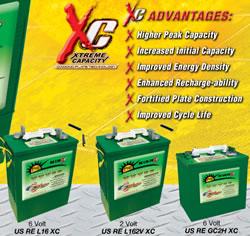Understanding Battery Degradation
MIT turns to millennia-old tech for renewable energy storage
Tech Guru Unveils New Battery To Challenge Lithium-Ion
Study Suggests Route to Improving Rechargeable Lithium Batteries
Case Study: Energy storage enables SEV to optimize wind power for the Faroe Islands
Panasonic Joins Push to Put Photovoltaics on More Car Roofs
Powervault to give electric car batteries a second life in smart homes
Intersolar Q&A with Jeff Myles of Rolls Battery
GTM: 10 US states have energy storage pipelines greater than 100MW
Stabilizing battery storage
New hydronium-ion battery presents opportunity for more sustainable energy storage
Dow Corning Expert to Highlight How Silicone-based Solutions Are Enabling Next-Generation Batteries at Advanced Automotive Battery Conference 2017
Mercom: Project funding for energy storage totalled US$820 million in 2016
Batteries Need to Get Big-Like, Enormous-for Solar Power to Shine
Glow-in-the-dark dye could fuel liquid-based batteries
Records 106 to 120 of 179
First | Previous | Next | Last
Featured Product

